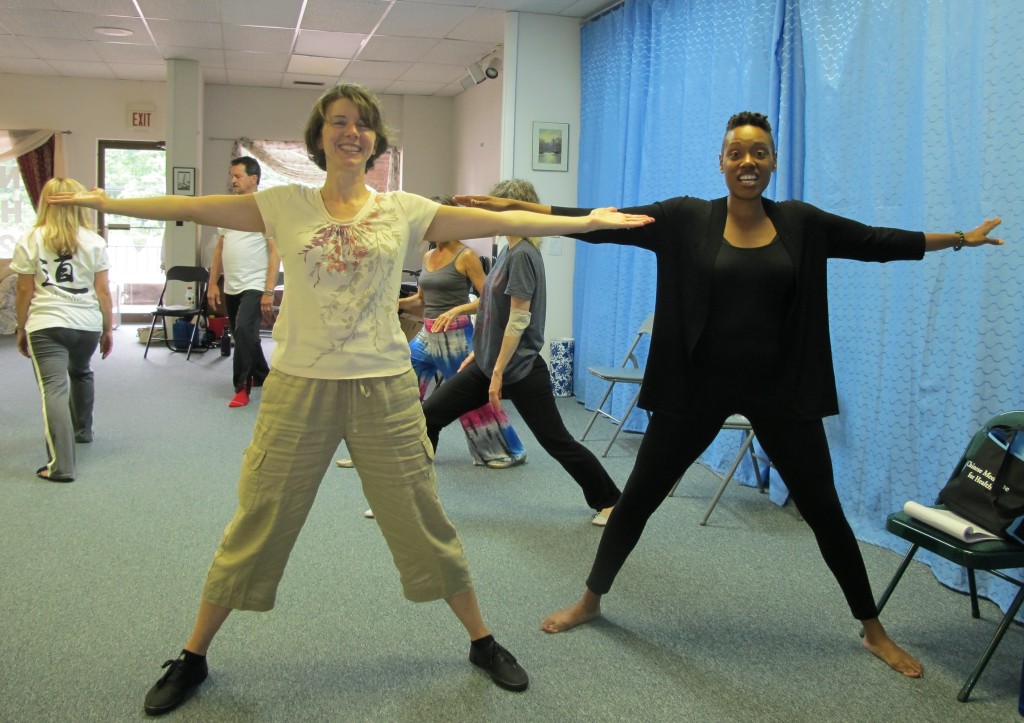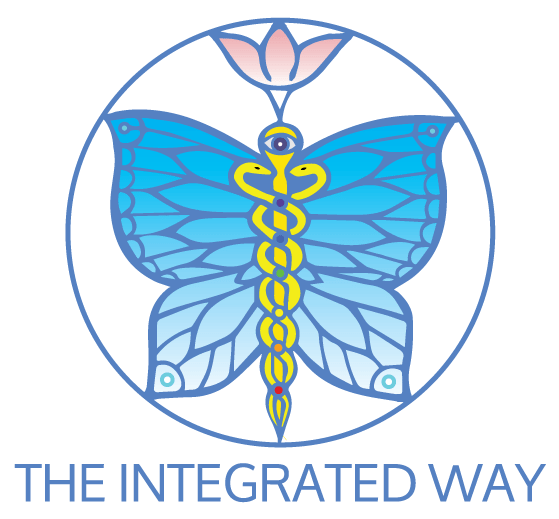Frequently Asked Questions (FAQ)
1. Is QiGong for me and how can I start the practice?
2. How can I get the very best results fast?
There is a saying by Lao Tzu ”Nature does not hurry, yet everything is accomplished.” Nature follows a pattern. There is harmony and sense of rhythm, but no hurry. If we could be awake to the same natural rhythm in us, we would be able to accomplish no less than and with the same grace as Nature, and we would be healthy.
The very best results come from continuous and diligent practice. It might even take a few months of classes before you can figure out whether this practice is the one you would truly like to keep for the rest of your life for health, happiness and peace.
Save more on buying Introduction to QiGong. Beginners package.
3. QiGong and Yoga. What is the difference? Can I practice both?
 If you are flexible and strong, you definitely can combine QiGong and Yoga! Deep stretches in yoga and mindful energy workout in QiGong can give you the weekly routine that will satisfy you like nothing else!
If you are flexible and strong, you definitely can combine QiGong and Yoga! Deep stretches in yoga and mindful energy workout in QiGong can give you the weekly routine that will satisfy you like nothing else!
The focus of these practices is to help to release stress and restore the healthy energy (Qi or “prana”) flow in the body and make it stronger. QiGong and Yoga are both rooted in Eastern spiritual practices that involve poses and movements combined with deep relaxed breathing to develop more awareness, cultivate mindfulness and loving kindness toward yourself and others. They both have meditative aspects as well as more intense physical practices. But in general in QiGong, there are no deep stretches, usually no props and no heated rooms.
QiGong is a light, graceful self-healing practice that is suitable for every age. It is done by standing, or moving at a slow pace. Any QiGong routine can be easily done outside in any comfortable clothes and shoes, and actually, QiGong is mostly practiced outside in parks in its birth country China. This helps practitioners feel connected to the world of nature and for a while to become a part of it which is truly energizing and healing.
QiGong suggests to practice within the limits of your own body and progress with your routine slowly. It is never recommended in QiGong to push your mind or body further than it’s ready to go on that day.
Original yoga practice has had the same principle, but some of the modern styles of yoga that are introduced today in the US are similar to strenuous workouts which not all people can keep up with. It is unfortunate that for busy minded Americans there is a growing need to modify Eastern practices into stronger workouts in order to keep their minds focused, and muscles working hard to “break through” the inner tension and stress. If you are not careful, that way of exercising can bring unwanted injuries and strains.
QiGong has not gone through a lot of modifications yet, and so it stays in its original form which requires the inner knowing of how to relax, slow down and be fully connected, centered and grounded.
This practice attracts individuals who are seeking healing, tranquility and peace and older generation who is looking for longevity. It is incredibly helpful for people in a transition time of their lives, people with chronic illness, attention problems, anxiety, sleeping disorders or depression because through this moving meditative practice you can restore clarity and be more aware of your body and mind, – of YOU!
All this doesn’t mean that QiGong is better than Yoga, but if you are a beginner or deal with some chronic health conditions, QiGong is definitely a low impact, risk-free way to begin.
4. Is QiGong and Taichi the same?
QiGong and Taichi is the same and different.
QiGong is the basic of Taichi. They are both teaching an inner martial art and the main principle of MIND OVER MATTER, but in QiGong movements can be bigger and wider, while Taichi is a sequence of small movements that gracefully flow one into another. On a first glance Taichi practice can seem to be too easy, too slow, boring or not helpful, but actually it is much harder than QiGong. This practice still has not gone through a lot of modifications in the Western world yet, and stays in its original form which requires from practitioners full concentration, dedication to learn the sequence which at times can be complicated.
QiGong movements are simple, repetitive and easy to follow. The breathing patterns in QiGong may vary from fast to slow. Most routines include self-massage. QiGong can be practiced during illness as self-therapy and suitable for all ages.
To recognize the benefits of both practices time is needed though.
Give it some time!
5. What are the short-term and long-term benefits?
From the first QiGong class or QiGong healing session you can expect your stress level go down. Many students and clients report getting their piece of mind and positivity back, having more clarity and more energy.
After a few months of QiGong classes or QiGong Healing you can find yourself more aware of your body and mind, and of your breathing and thinking patterns. This awareness is the major key for changing the unhealthy for more beneficial ones.
There are definite improvements in strength and energy level.
QiGong successfully helps with
~Anxiety ~Depressions ~Insomnia
~Fatigue ~Stress ~Arthritis ~IBS
~ADHD ~Headaches ~Panic attacks
~Digestive problems and More
The most benefits from QiGong practice will come from a long term commitment. The more you learn to do the movements with relaxed mind and breathing in class, the more results you will notice after it. Slow and continuous progress is the result of doing QiGong the right way.
This practice attracts individuals who are seeking healing, tranquility and peace. It is incredibly helpful for people in a transition time of their lives, people with attention problems, sleeping disorders or depression.
Through this moving meditative practice you can restore clarity and be more aware of what brings you true satisfaction and joy in life. You can discover TRUE YOU!
QiGong long-term practitioners claim
~Inner power ~ Mastership of their lives
~Peace ~Joy ~Success ~Happiness
6. What should I wear or bring to my practice?
In general, for your QiGong class it is recommended to
~ wear loose, comfortable clothes made from natural fabrics
~ take off your jewelry
~ bring a yoga mat if there is a relaxation part on a floor in your QiGong class
~ have a water bottle
and
~ eat about an hour before class
7. Footwear?
QiGong can be practiced barefoot or in shoes. Check the requirements for the studio practice. If QiGong is done barefoot and you’d like to wear socks, then you will feel more stable in socks with sticky grips on their bottoms.
If it is required to have shoes for indoor practice, then bring a pair of comfortable indoor shoes with you.
Wear or not to wear shoes?
There are great benefits in practicing barefoot. Your feet get connected to the Earth’s energies, and you feel it more acutely flowing through your feet which helps to become more present and grounded. It also strengthen your immune system.
But if your feet need arch support and your physician recommends you to practice in shoes, then get yourself a new pair of shoes specifically for your indoor class.
I hope all the recommendations you found helpful, but if you still have questions, please contact me!
